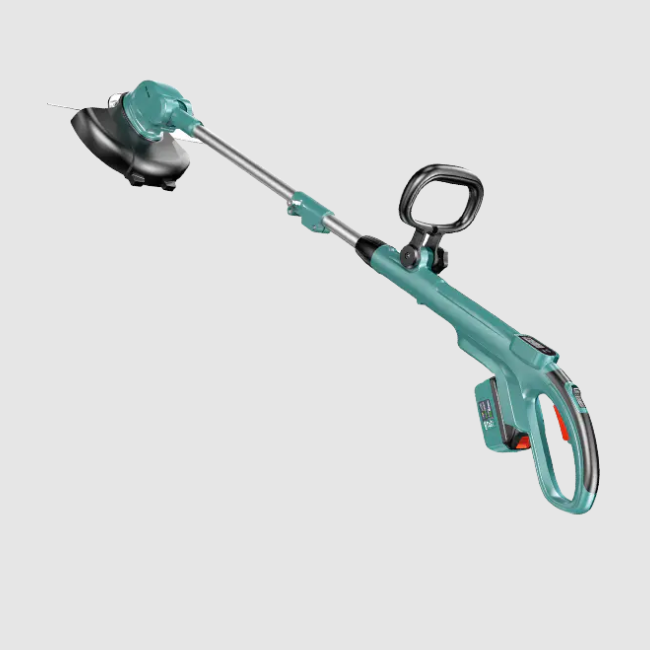Brush cutters have become essential tools in landscaping, agriculture, and land management. From a manufacturing standpoint, producing reliable and efficient brush cutters requires careful attention to design, material selection, and assembly processes. Factories specializing in brush cutter production focus on balancing performance, durability, and ease of use to meet the needs of various customers.
One of the primary considerations in brush cutter manufacturing is the selection of materials. Components such as blades, shafts, and handles must be crafted from materials that offer strength while maintaining a manageable weight. For example, using alloy steel for blades ensures good cutting capability and resistance to wear. Meanwhile, lightweight metals or durable plastics are often chosen for handles and protective guards to reduce user fatigue during extended use.
The design process also involves incorporating safety features. Since brush cutters are often used in environments with dense vegetation or uneven terrain, protecting the operator from debris and accidental contact with the blade is crucial. Factories integrate shields, ergonomic grips, and vibration-damping elements to enhance user safety and comfort.
Manufacturing brush cutters also requires precision in assembly. The alignment of the cutting blade, the balance of the motor or engine, and the secure fastening of parts are all critical to ensuring smooth operation. Factories employ quality control procedures at various stages to detect any deviations that could affect performance or durability.
In addition, many brush cutter factories produce models with different power sources, including gasoline engines, electric motors, and battery-operated systems. This variety addresses different user preferences and environmental considerations. Battery-powered brush cutters, for instance, offer reduced noise and emissions, which can be advantageous in residential or environmentally sensitive areas.
Customization is another aspect that manufacturers consider. Different users may require various cutting widths, handle styles, or shaft lengths depending on the type of vegetation and the working conditions. Factories often have modular designs or options that allow users to select features suited to their specific applications.
Manufacturers also pay attention to the ease of maintenance. Components are designed to be accessible and replaceable, helping users to extend the lifespan of their brush cutters with proper care. Clear instructions and support services are typically provided to assist customers in routine maintenance tasks.
Overall, brush cutter factories play an important role in delivering tools that balance functionality with user needs. By focusing on materials, design, assembly quality, and customization, manufacturers contribute to the availability of brush cutters suitable for a wide range of applications. These efforts help meet the demands of users who rely on these tools for effective vegetation management.

